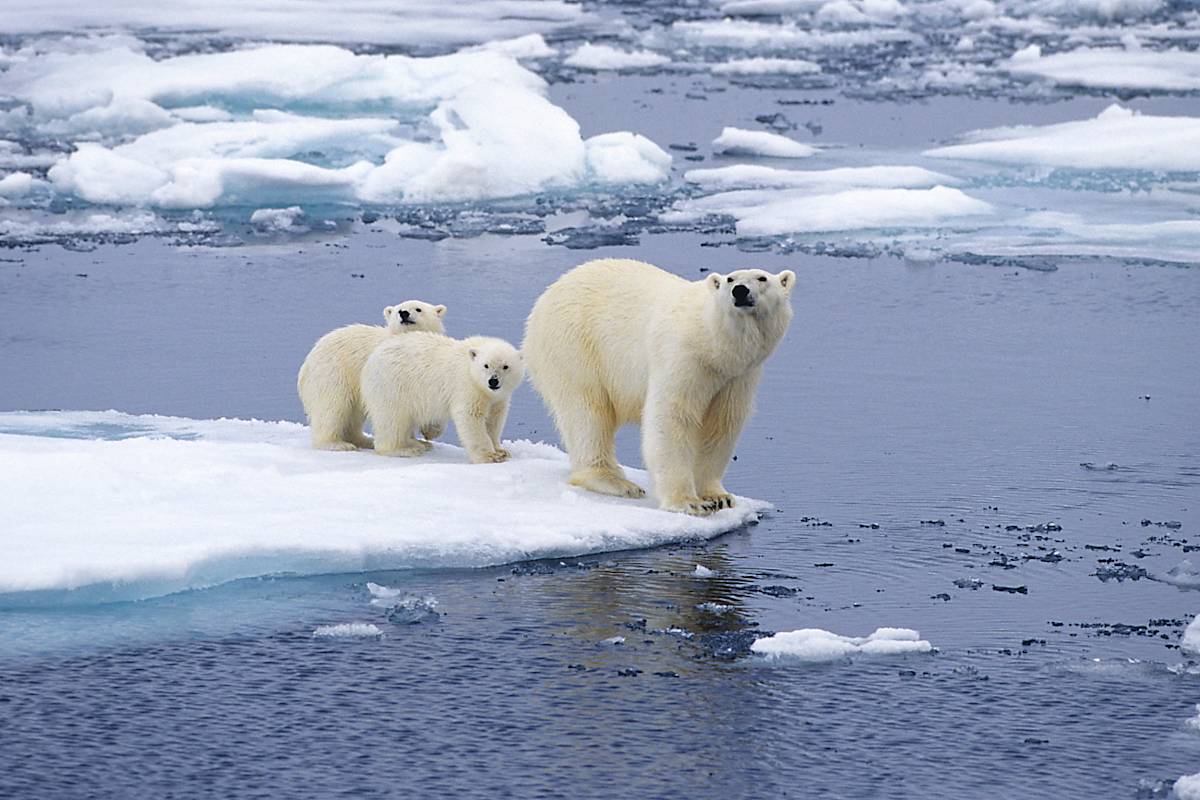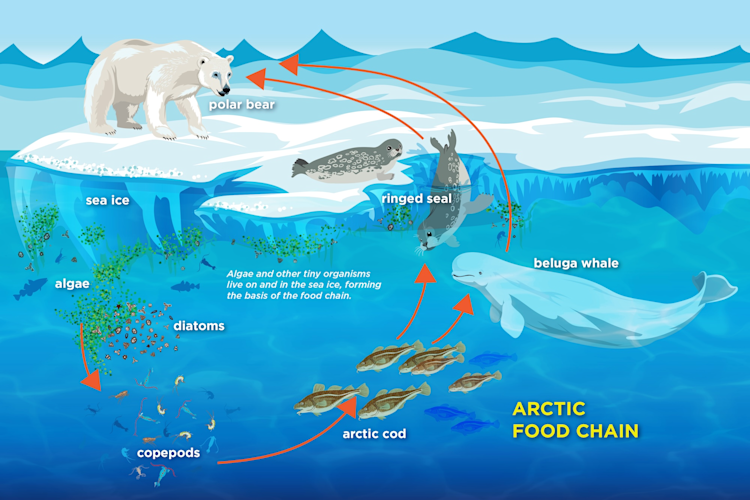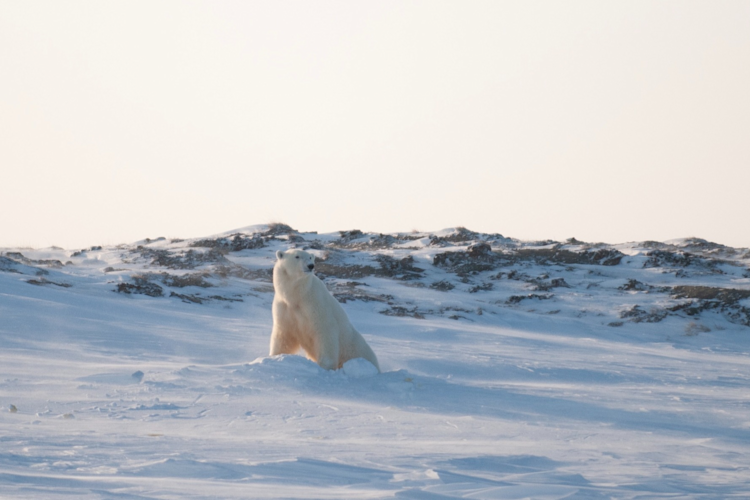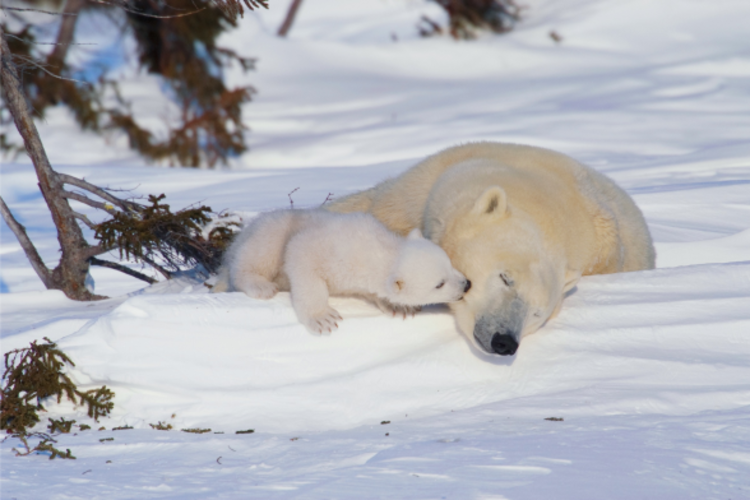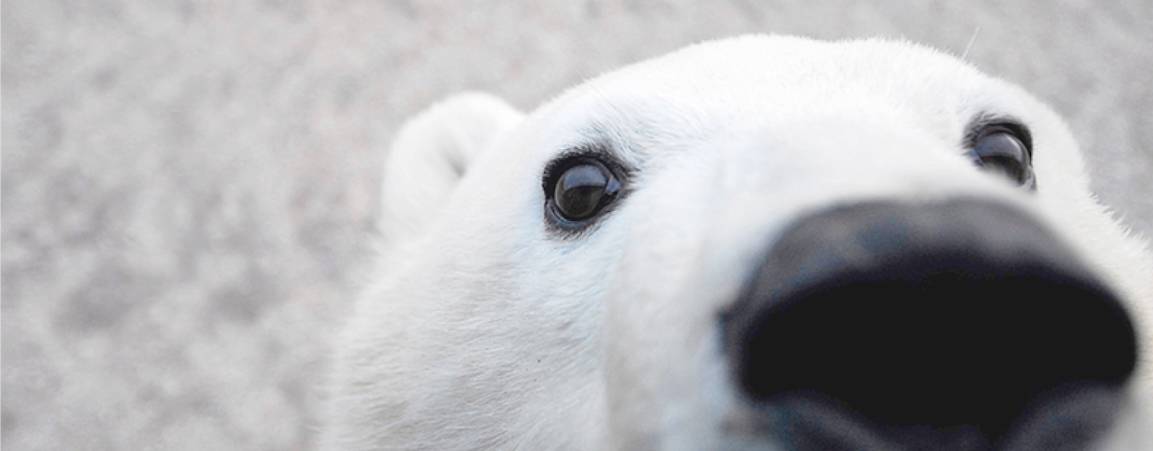Every time I set foot on Arctic sea ice, I marvel at the intricate, connected world under my feet.
Sea ice is an important characteristic of the Arctic. Throughout the year, the Arctic landscape undergoes dramatic changes. Sea ice begins to melt in the spring as temperatures warm, with some areas completely melting during the summer. Then, as it gets colder in the fall, ice begins to form. Animals living in the Arctic are well-adapted to their ice habitat and these seasonal changes. Sea ice serves as a habitat to a wide range of creatures living on, below, and within the ice layer.
These creatures begin with primary producers, the tiny microorganisms such as phytoplankton, algae, and bacteria that form the base of the food web. Sea ice provides a surface for ice algae to remain suspended in the upper layers of the ocean, where they can absorb sunlight. The increase of light in the spring promotes algal growth, attracting small grazers known as zooplankton that feed on the nutrient-rich ice algae.
Zooplankton form an important link in the food web, transferring energy from primary producers to larger animals—such as fish like Arctic cod. As juveniles, Arctic cod feed on zooplankton that are found along the underside of the ice. However, as individuals mature, adults use the sea ice to hide from predators such as marine mammals and seabirds.
Seals are the next step in the food web, consuming ice-associated prey like Arctic cod. However, the physical features of sea ice also play an important part in their ecology. Seals use the sea ice for breeding, resting, molting, and raising pups. Ringed seals, for example, are an ice-dependent species; stable and thick ice is important for the construction of birth lairs necessary for nursing pups. Polar bears rely on sea ice as a physical platform from which to hunt seals and also to travel and mate. Sea ice is critical for their reproduction and survival.
Sea ice plays a vital role in the life of Arctic animals, directly as a physical habitat or indirectly through their diet. Although the reliance on sea ice may vary, species are inter-connected and a loss in sea ice can have cascading effects within the ecosystem. The Arctic has already experienced significant sea ice loss. However, it’s important to remember that it’s not too late to help protect Arctic sea ice and all the species that are dependent on it. On Arctic Sea Ice Day and every day, we can work together by supporting green initiatives to help reduce carbon emissions that are warming temperatures and causing sea ice to melt.
Melissa Galicia is a PhD candidate at York University in Toronto. Her research focuses on the impacts of sea ice decline on polar bear foraging habits.
